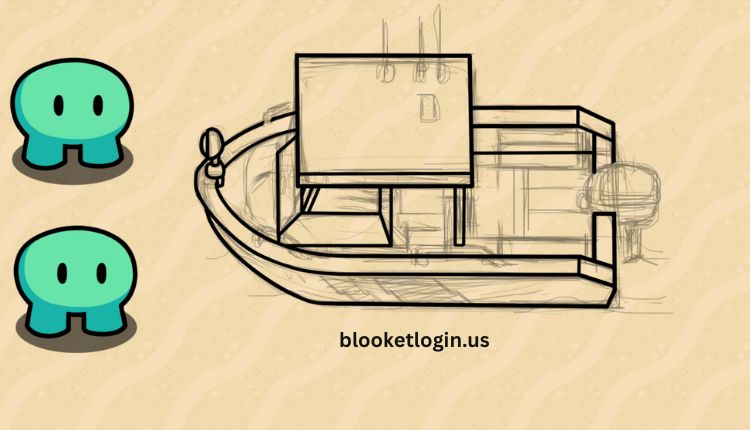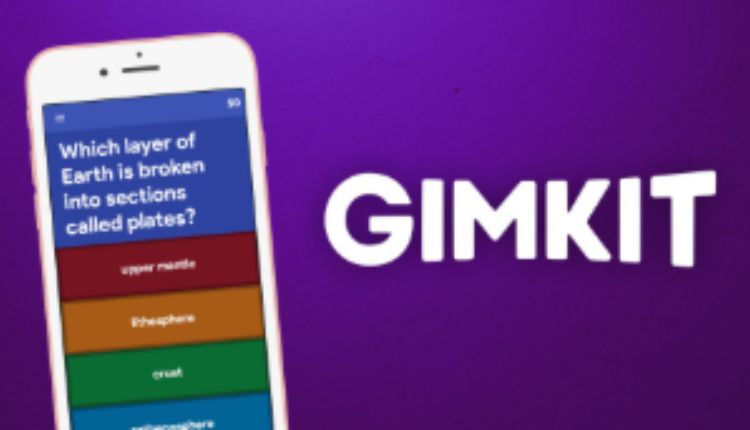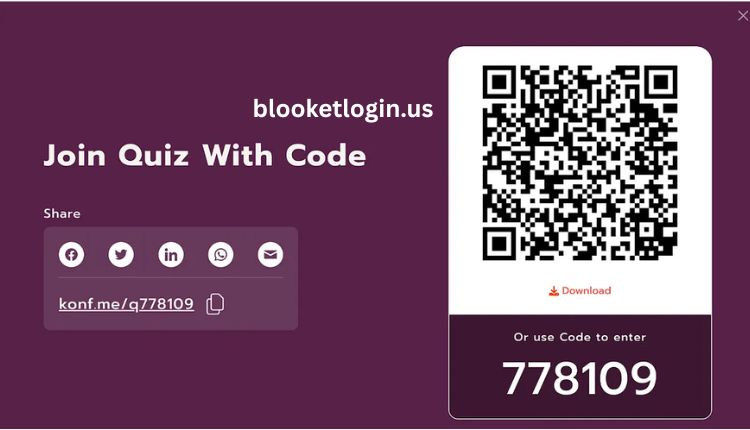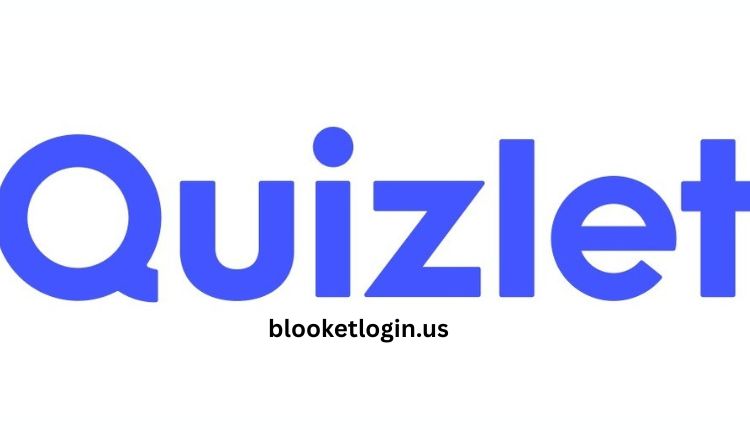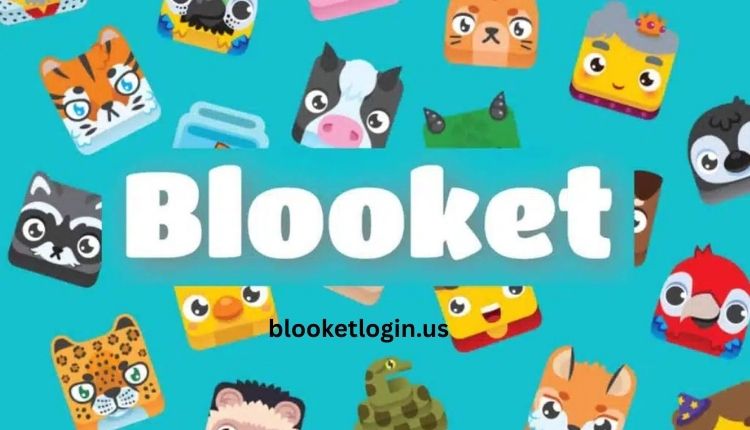Like Kahoot, gimmkit was created by a high school student, and it incorporates interactive game mechanics to make the learning experience fun for students, in turn improving participation and retention. This educational tool differs from conventional quizzes in that it operates as a live, multiplayer setting in which students can earn in-game currency by correctly answering questions, resulting in a fun and engaging experience. With online learning sticking around, resources such as Gimkit highlight this education revolution.
How Gimmkit Works
Gimmkit is easy to use at its core. Educators make or upload question sets based on what they are teaching. These can be distributed among teachers or even tailored for certain class uses. When a quiz is created, students can participate in a live session with a code. As they respond to questions, they collect virtual currency that they can reinvest as the game progresses to receive power-ups or boosts or to multiply their point total. This way, students are incentivized to be a part of the system and are almost forced to strategize, which is engaging to learning.
Why Use Gimmkit in Education: Key Benefits
The main benefit of this tool is keeping students engaged. In traditional classroom settings, attention spans can short out rather quickly, especially with repetitive formats. Gimmkit breaks out of that mold by transforming a classic quiz into a game that capitalizes on students’ competitive natures. It also promotes repetition in a playful manner, allowing for multiple exposures to the material, which is very helpful in retaining information.
Data tracking — Another advantage is that Teachers get more detailed performance reports about student performance, which questions were missed most frequently, and which students might need extra help. This enables more focused teaching and improves visibility into student progress.
Variety of Game Modes Gimmkit
What helps set gimmkit apart is the offering of a variety of game modes beyond just answering questions. Fun modes like “Trust No One” (based off of Among Us), The Floor is Lava, and Draw That each provide different types of challenges for students. These modes not only make learning more fun but also encourage collaboration and strategic thought.
Other game modes lend themselves to solo play, and still others are geared toward team competition. This flexibility enables educators to tailor the experience to their lesson objectives and classroom dynamics.
Creating Custom Content Gimmkit
Teachers are free to create their own content on gimmkit; there are no limits. Teachers can use the platform to customize by topic (math, science, history, language arts, foreign language, etc.), question type, and answers. Quizzes can be made more interactive with images and audio clips that users can add. Gimkit also integrates with tools such as Quizlet so that teachers can import flashcard sets into the game.
You can customize the look and feel of the game, too. Game settings allow teachers to customize time limits, currency rewards, and penalties.
Student Engagement and Interest/Extroverted Motivation
Gimmkit gets it right where many education platforms don’t—when it comes to genuinely motivating students. Students will voluntarily answer questions because it gamifies their learning. Several tell me they love Gimkit so much they request to play it even when not in class time. This kind of engagement is uncommon in education and shows Gimkit’s ability to make learning fun.
The other motivating factor is the careful allocation of in-game currency. Students have to manage how they spend their earnings, whether to invest in power-ups, increase their rate of earning, or gamble on a bonus. Resource management, decision-making skills, etc., are introduced with these elements, enriching the learning experience even further.
Collaboration and Competition Gimmkit
Although gimmkit is typically a game played alone, there are many modes that promote collaboration. Games with teams force students to collaborate, think strategically, and communicate (and negotiate). This develops social skills and reinforces the principle of cooperative learning.
On the flip side, competitive modes can often serve as a powerful motivating force to get students to try their best. However, leaderboards, time-based challenges, and elimination rounds bring a new level of engagement that simply cannot be achieved through traditional assessments.
Compatibility for Remote and Hybrid Learning Gimmkit
Because of its design, gimmkit is well-suited for in-classroom learning but would work equally well in remote or hybrid scenarios. Students can join from any internet-connected device, whether from home or a different classroom. This makes Gimkit useful in case of disruptions such as school shutdowns or for homework review sessions.
Teachers can assign homework kits that students work through on their own schedule. These kits give instant feedback and continue to gather performance data, so there’s educational value even when live play isn’t possible.
Cost and Accessibility Gimmkit
Gimmkit has a free version with limited features, but most schools and educators choose the paid version, Gimkit Pro, for the extra functionality. All game modes available Unlimited kits Access to advanced reports and priority access for new features.
This comes at a high price but is often seen as a worthy investment by educators for the reason that it gives a huge boost to the engagement and learning outcomes of students. In addition, Gimkit regularly gives discounts for schools and educators, so it can be more affordable.
Teacher and Student Feedback Gimmkit
Teacher feedback has been extremely positive. This question-answer game is a fantastic way to introduce or review material, and many specify how Gimkit breaks the cycle of lectures and worksheets by getting students up and moving. Users also rave about how easy it is to use the platform, as well as the ability to leverage student data to derive actionable insights.
Students, by contrast, frequently report that they forget they’re even learning. We love the competitive elements of the game and the different formats that are available to us, so never do we feel repetitive or dry.
Restrictions and Considerations Gimmkit
Of course, gimmkit has its limitations and is not a perfect solution. If played too much, they can cause fatigue, and some students become overly focused on winning instead of learning the content. Educators should also use Gimkit as a supplement rather than a replacement for deeper learning activities.
Moreover, the heavy dependence on technology also means that schools with restricted internet access or with few devices could find it difficult to deploy Gimkit properly. But these problems aren’t unique to Gimkit and embody deeper struggles in online education.
Future of Gimmkit in Education
The platform continues to evolve based on feedback from educators, thanks to gimmkit developers. Regularly, new game modes and features are added to keep the platform fresh and relevant. With gamification increasingly embraced within education, platforms such as Gimkit may have an even larger impact on learning among students.
Its success also illustrates a broader philosophical shift in education, from passive consumption to active engagement. By teaching topics in a fun and competitive way, Gimkit is improving grades and changing students’ perspectives on education.
What’s Next?
Gimmkit is an educational platform that allows students to play a quiz game but with exciting, strategic, conversational elements. Its interactive mechanics, variety in game modes, and real-time feedback functionalities have won it the hearts of teachers and educators alike. And increased its relevance in the toolkit of contemporary pedagogues. With classrooms going more and more virtual, tools like Gimkit will keep closing the gap between learning and play. And produce an even more motivated and educated generation of pupils.

